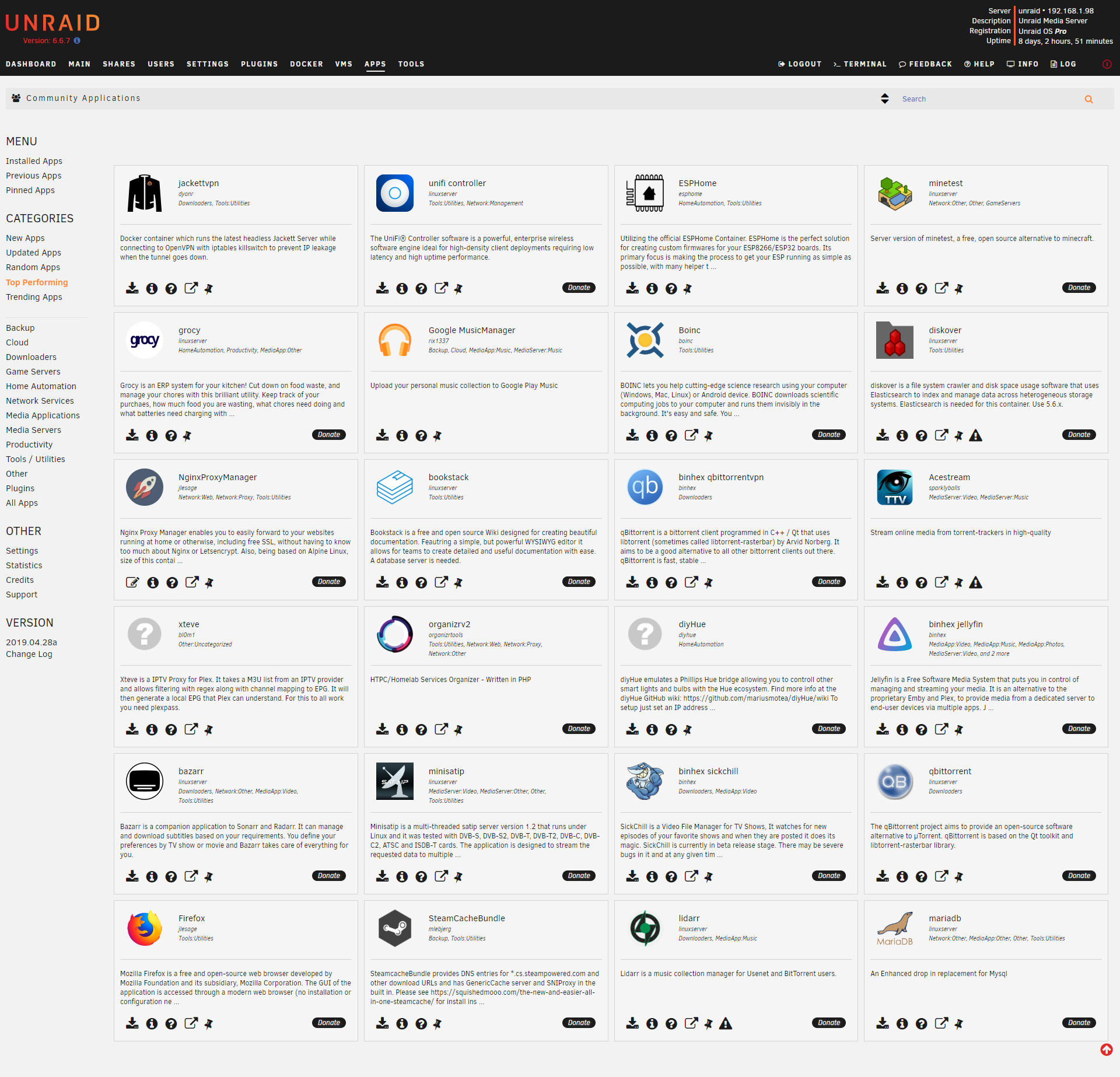

- UNRAID SETUP SHARED DRIVE USING UNASSISTED DEVICES HOW TO
- UNRAID SETUP SHARED DRIVE USING UNASSISTED DEVICES WINDOWS 10
- UNRAID SETUP SHARED DRIVE USING UNASSISTED DEVICES PRO
- UNRAID SETUP SHARED DRIVE USING UNASSISTED DEVICES FREE
- UNRAID SETUP SHARED DRIVE USING UNASSISTED DEVICES WINDOWS
UNRAID SETUP SHARED DRIVE USING UNASSISTED DEVICES PRO
In this case, it would be advisable to use Auslogics Disk Defrag Pro to optimize file placement on your hard drive. Consequently, there will be a general slowdown or longer application startup times on your computer. If worse comes to worst, you might start to experience disk fragmentation. This is only a viable solution when you desperately need some extra space. Needless to say, your system’s processing power can be affected and execution will slow down. You have to know that NTFS drive compression can slow down file loading when you try to access the processed folders. The compression process will start, and once it is complete, you will see a notification.
UNRAID SETUP SHARED DRIVE USING UNASSISTED DEVICES WINDOWS
On your keyboard, press Windows Key+E.You just have to follow these instructions: It is quite simple to compress a whole partition in Windows 10. However, it is not advisable for executables because every file you access has to be decompressed first. This can be useful for data-based partitions that contain a lot of text and multimedia files. The NTFS drive compression tool inspects the files, and in the process, it reduces their size. In a way, this process is similar to what happens when you place files in a zipped folder.

The NTFS drive compression lets you to save up to 2% of the storage space in your system drive. However, you can also use a built-in tool that will allow you get some extra space.
UNRAID SETUP SHARED DRIVE USING UNASSISTED DEVICES HOW TO
We’ve taught you how to find and get rid of unnecessary files in your Windows computer. Select all the files you want to remove, then click Remove Files. Once you click the option, your system will start to scan the drive and show you all the temporary files you can remove. Scroll down until you see the Temporary Files section. You just have to go back to the first C: drive menu.
UNRAID SETUP SHARED DRIVE USING UNASSISTED DEVICES FREE
By disabling this function, you will be able to immediately free up several gigabytes. This is a good feature, but if you don’t plan on using it, it may just be dead weight on your computer. Under the System and Reserved category, you will see the gigabytes reserved for the Hibernation file. With that said, here are some efficient ways to remove unnecessary data: Undoing Hibernation So, if you want to free up your disk space, this would be a good place to start. Typically, you will see a big percentage of your Windows data under the System and Reserved category. Select any of the three to see more categories where most of your data is being used. You will also see that there are several sections in this window, including Documents, System and Reserved, and Apps and Games. You will be able to see where most of the data on your device is kept. Once you click this drive, you will open the Storage usage window. If you are thinking of freeing up space on your Windows computer, you can start by exploring your C: drive, which many are familiar with as ‘This PC’. By knowing which data you won’t need, you can efficiently get rid of the unnecessary load on your PC. You will be able to discover and inspect what’s taking up your space. However, once you click one of your drives, you will open up another set of options. When you open the Storage window, you may notice that the section is quite basic.
UNRAID SETUP SHARED DRIVE USING UNASSISTED DEVICES WINDOWS 10
Needless to say, it would help if you dedicate some time to learn about Windows 10 Storage before you make any changes. However, it also means that you can easily lose or mess up your data when you have no idea what you are doing.

This is a big improvement in the Windows system. Consequently, users are given the freedom to open up new space or reorganize what’s available. It was specifically designed to be a place where users can connect all their data management features, allowing them to efficiently review and modify things. One of the great things about Windows 10 is it has a Storage section that has more features than older system menus.


 0 kommentar(er)
0 kommentar(er)
